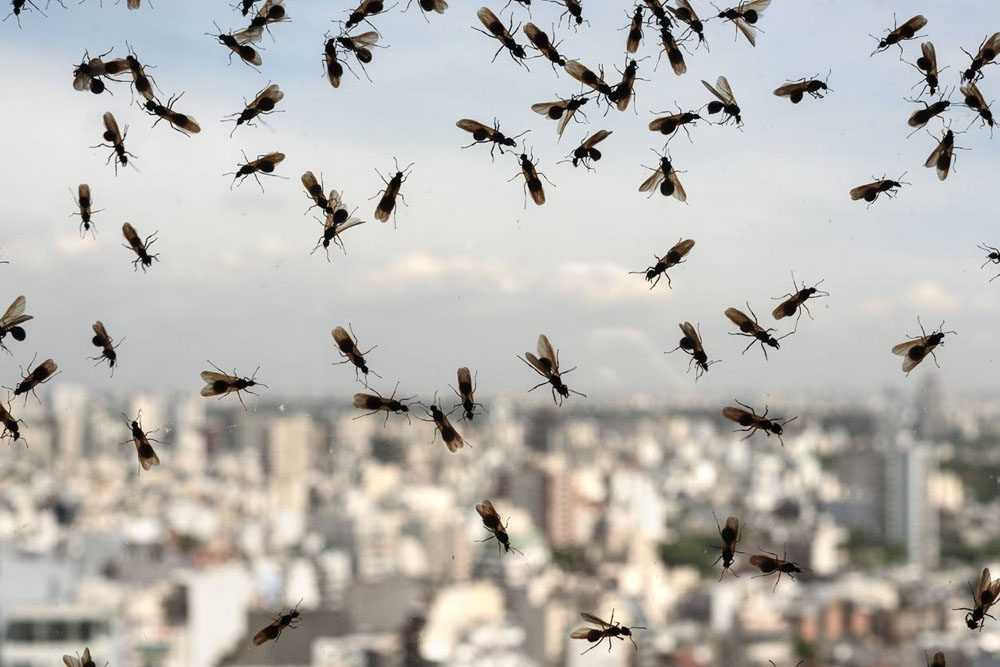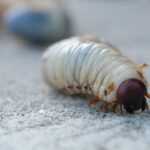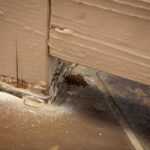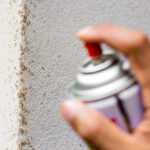Flying Ants in House: These Could Be Moisture Ants
Flying ants are a common sight during the warmer months. During certain stages of their lifecycle, all the ants in a swarm are involved in mating and establishing new colonies, making it crucial to recognize and address swarming behavior.
Flying ants are attracted to moisture and light, often making their way into homes through small cracks and crevices. Understanding the behavior and preferences of the flying ant can help in effectively locating and eliminating their colonies. They are often mistaken for termites, but there are key differences that can help in proper identification and management.
What Are Flying Ants?
Flying ants, also known as alates or swarmers, are ants that have developed wings as part of their reproductive cycle. These winged ants are typically seen in large numbers during certain times of the year, especially in spring and summer. Their primary role is to establish new colonies, which is why you might notice them swarming around your home. While they can be mistaken for termites or carpenter ants, flying ants are generally not as destructive. However, their presence can still be a nuisance and a sign of a potential ant infestation.
Identifying Flying Ants
Identifying flying ants can be tricky, but there are some key characteristics to look out for. Flying ants have large front wings and smaller hind wings, which are a telltale sign. Their antennae are elbowed, and they have a narrow waist that concaves at the thorax. Female winged ants are significantly larger than their male counterparts, and their bodies can range in color from black to brown or red. If you notice a swarm of ants flying around a specific area, often near a food source or moisture, you are likely dealing with flying ants.
Winged Ants vs. Termites
Winged ants and termites are often confused with each other, but there are some key differences to help you tell them apart. Termites are typically smaller and have a more rounded body shape, while flying ants have a slender body and are often larger. Additionally, termites have straight antennae and a uniform waist, whereas flying ants have elbowed antennae and a more pronounced waist. To determine whether you have winged ants or termites, look for the presence of frass—wood dust, soil, and insect parts—often found beneath openings to the carpenter ants’ nest.
Swarms of a Flying Ant Colony Inside Your Home is the First Sign of Trouble
Like their name suggests, moisture ants love living in damp, humid environments. The Pacific NW is their ideal, which makes infestations here relatively common, especially during spring. Carpenter ant infestations are associated with rotting or water-saturated wood in homes in Portland, Seattle, Boise, and other cities throughout the Pacific Northwest.
Spring is when moisture ants swarm. “Swarming” refers to the process by which a percentage of a colony leaves to form another colony. This happens with some other insects, including bees, carpenter ants, and termites.
If you see a swarm of flying ants in your home, you may have a serious moisture ant problem! It’s crucial at this stage to get professional help, because these ants could be any number of species, including carpenter ants. If you’re not familiar with the difference between ants and termites, it’s even more important to get a professional opinion. Using ant baits can be an effective method for controlling flying ants, but proper placement and labeling are essential to ensure safety and effectiveness.
Identifying and addressing the presence of an ant colony is crucial when dealing with flying ants.
Why Are Flying Ants in My Home?
Flying ants are attracted to moisture, light, and wood, which is why they often find their way into homes through cracks in walls, baseboards, windows, and floors. You might also find them lingering around pools, swarming after a fresh rain, or flying around in humid environments. If you have a carpenter ant infestation, flying ants may be present in your home, especially if the colony is mature and producing swarmers. To prevent flying ants from entering your home, seal any entry points and keep your home and yard clean, including regular trash removal and yard waste disposal.
Where do moisture ants come from?
Unlike carpenter ants, moisture ants will eat damp wood as a food source. These ants thrive in walls around plumbing fixture leaks, roof leaks, and any other source of water that has made wood damp. They will also eat sugary substances, which makes them an even greater threat to homes and businesses. If left unchecked, moisture ants will continue growing their colony. The presence of flying ants may indicate a mature nest nearby, especially if the colony has reached maximum population.
The damage caused by moisture ants can be extensive.
Just like carpenter ants or termites, moisture ants can do significant damage to the structure of your home. Depending on the location of the initial leak, the colony could grow to substantial numbers within a year.
It is crucial to identify and destroy the flying ant colony to prevent further damage. This can be challenging as the colony might be hidden beneath structures like foundations or within walls, and professional help may be needed if the colony cannot be found.
To get rid of moisture ants, you need to remove the infested wood and control the moisture issue, whether it’s a leak or exposure to the elements. This could mean replacing a small section of your outside wall, or it could mean replacing an entire section of your roof. A professional exterminator can help diagnose your moisture ant problem, and recommend steps to treat and control infestations in the future.
The Risks of Ignoring Flying Carpenter Ants
Ignoring flying carpenter ants can lead to a full-blown carpenter ant infestation, which can cause significant damage to your home’s structure and equity over time. Carpenter ants chew galleries through wood to establish nests and pathways, weakening support structures and leading to sagging, warping, and bulging. If left unchecked, a carpenter ant infestation can result in costly repairs and even compromise the safety of your home. It’s essential to address the issue promptly and effectively to prevent further damage.
Get rid of moisture ants for good.
-
The remedy starts with finding exactly where the moisture is coming from.
-
Proper inspection involves checking roofs, basements, plumbing, and crawlspaces to find the location of both the nest and the source of moisture.
-
Even after the wood decay is found, inspection should continue to be sure all areas of the home are thoroughly investigated. If you’ve had a swarm of flying moisture ants, it’s even more important to find all possible locations of nests and remove them. Moisture ants can be hidden nearly anywhere in your home, including in inaccessible areas, wall voids, roof sheathing, or enclosed sub floors.
-
Remove all decayed wood and eliminate sources of water.
-
Eliminate ant colonies. Consider using natural repellents like peppermint oil to repel ants and prevent future infestations.
-
Regular inspection should then be scheduled, to make sure the problem doesn’t return.
-
It can be especially helpful to work with either the same company that treated your house initially, or produce documentation for another company to follow.
The best way to avoid a carpenter ant infestation is to prevent it.
Pest maintenance plans are a great way to avoid pest problems. When you work with a professional pest company, they can inspect your home, showing you any areas that are vulnerable to insect infestation. Flying insects, particularly flying ants, can be a common household pest, and regular inspections can help prevent infestations. to help us take care of your moisture ant infestation in Oregon, Washington, and Idaho.
"*" indicates required fields
"*" indicates required fields




